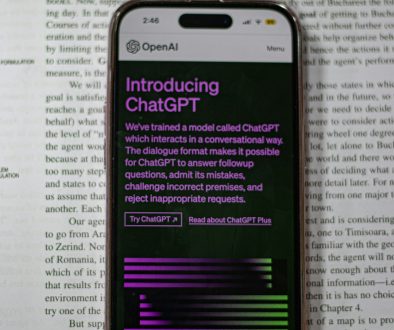What is YMYL Content? A Beginner’s Guide to Google’s Guidelines
In the vast landscape of digital content, understanding the types of content that demand extra care and accuracy is crucial, particularly when it comes to YMYL content. YMYL stands for “Your Money or Your Life,” a term coined by Google to categorize content that can significantly impact a person’s well-being, financial stability, health, and overall life satisfaction. As a beginner, grasping the importance of YMYL content and Google’s guidelines surrounding it can help you create trustworthy and high-quality content that ranks well in search results.

What is YMYL Content?
YMYL content refers to web pages, articles, and other online resources that could influence a user’s life in a meaningful way. This includes content related to financial decisions, medical advice, legal information, and safety guidelines. The stakes are high with YMYL content because misleading or inaccurate information could have serious consequences for the reader.
Examples of YMYL Content:
– Financial Advice: Articles about investing, banking, insurance, or loans.
– Health and Wellness: Information on medical conditions, treatments, diets, or medications.
– Legal Information: Guidance on legal rights, contracts, and court proceedings.
– Safety Information: Content that advises on safety measures, including online security and physical safety.
Why Does Google Care About YMYL Content?
Google’s primary goal is to provide users with relevant and accurate information that they can trust. Given the potential impact of YMYL content, Google holds it to a higher standard. If a user follows incorrect financial advice or medical recommendations, the consequences could be severe. Therefore, Google’s algorithms and human evaluators (known as quality raters) carefully assess YMYL content to ensure it meets stringent criteria.
The Role of E-A-T in YMYL Content
To evaluate YMYL content, Google uses a framework known as E-A-T, which stands for Expertise, Authority, and Trustworthiness. This framework helps Google determine the quality of YMYL content and whether it should be ranked highly in search results.
– Expertise: The content should be written or reviewed by someone with a high level of expertise in the subject matter. For instance, a medical article should ideally be authored by a healthcare professional.
– Authority: The website hosting the content should be recognized as an authoritative source in its field. For example, a health website with a history of accurate and well-researched articles will be considered more authoritative.
– Trustworthiness: The content should be reliable and trustworthy. This includes providing accurate information, being transparent about sources, and offering clear, honest advice.
How to Create High-Quality YMYL Content
If you’re producing YMYL content, adhering to these best practices can help ensure your content aligns with Google’s guidelines:
1. Use Credible Sources: Ensure your information comes from reputable, well-known sources. Always fact-check your content and provide citations or links to original research or trusted publications.
2. Author Credentials: Clearly display the qualifications and credentials of the content creators. This could mean including author bios that highlight relevant experience or expertise.
3. Update Content Regularly: YMYL topics often evolve, particularly in fields like health and finance. Keep your content up to date to maintain its relevance and accuracy.
4. Maintain Transparency: Be upfront about the sources of your information and any potential conflicts of interest. Transparency builds trust with your audience.
5. Ensure Clear, Accurate Information: Avoid ambiguous language and ensure your content is clear, concise, and easy to understand. Misleading information can harm your credibility and lead to penalties from Google.
YMYL content is a critical category in the realm of digital content, demanding high standards of accuracy, authority, and trustworthiness. Understanding and adhering to Google’s guidelines for YMYL content is essential for anyone looking to produce valuable, high-ranking content. By focusing on expertise, authority, and trustworthiness, you can create content that not only meets Google’s expectations but also genuinely helps and informs your audience.
- ChatGPT Not Working? Here’s How to Fix It - December 15, 2024
- What is YMYL Content? A Beginner’s Guide to Google’s Guidelines - September 5, 2024
- How to Install Google Analytics in WordPress - October 24, 2017
Where Should We Send
Your WordPress Deals & Discounts?
Subscribe to Our Newsletter and Get Your First Deal Delivered Instant to Your Email Inbox.



